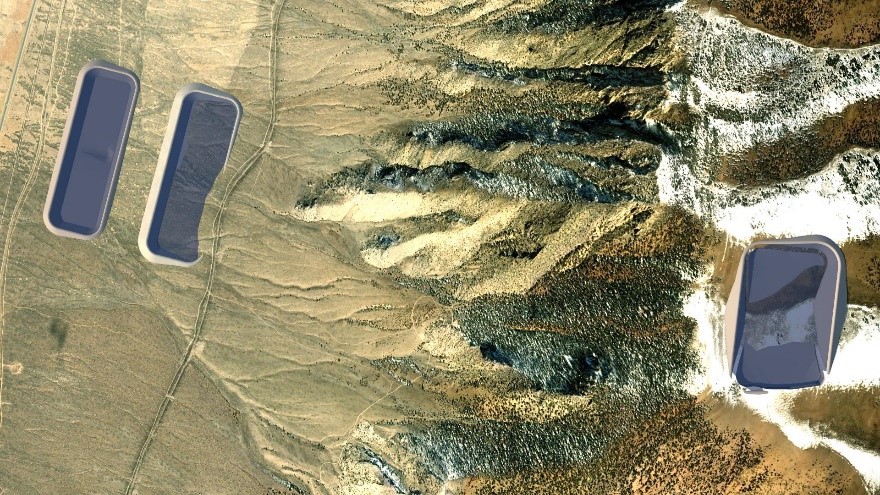White Pine Closed-Loop Pumped Storage Hydropower

Project Owner
Confidential
Project Location
Confidential
Services Provided
Value Planning Study
Project Type
Energy
Project Cost
$1.4 billion
Energy demands across the western portion of the United States continue to rise. With this rise in energy demand, innovative and sustainable energy production and storage projects have also increased over the past decade. Each of these projects are of considerable size and importance to ensure the longevity and quality of life affected regions. The White Pine Pump Storage project seeks to reduce the differential between energy production and consumption by constructing a hydroelectric power generation/storage system.
The White Pine Pump Storage project is to construct a closed-loop pumped storage hydroelectric facility. The project, as defined within the Pre-Feasibility Study, would consist of an upper and a lower reservoir with approximately 2,100 feet of head differential. It would have an installed capacity of 1,000 MW, providing approximately 8,000 MWh of energy storage. The upper reservoir would connect to the powerhouse by a vertical shaft that transitions to a slightly inclined tunnel to the powerhouse transitioning to the pump-turbines. The lower reservoir would connect by an inclined tunnel to the powerhouse transitioning to the intakes of the pump-turbines.
The Value Planning Team investigated the major components of which the project is comprised. These components included dams and reservoirs, tunnels, powerhouse and generating equipment, transmission lines, site access, and construction. Functional categories were identified and discussed to generate creative solutions to improve value on the project. These functional categories included Store Water, Access Differential Head, Attract Off-Takers, Support Generation Equipment, Transmit Power, Access Features, Project Delivery, and Connect Reservoirs. Ideas selected to develop into value proposals were grouped together to form various alternative concepts to address Lowest Cost, Lowest Risk, Shortest Schedule, Fixed Speed, and Variable Speed Scenarios. These alternative concepts were then further specified considering Medium Head and High Head flow parameters. The alternatives concepts developed were then evaluated by the Value Planning Team to select a preferred approach. The selected value alternative is estimated to save approximately $306 million relative to the developed costs for the Pre-Feasibility Concept.
For more detailed project information and results, please contact the SVS Project Manager directly

